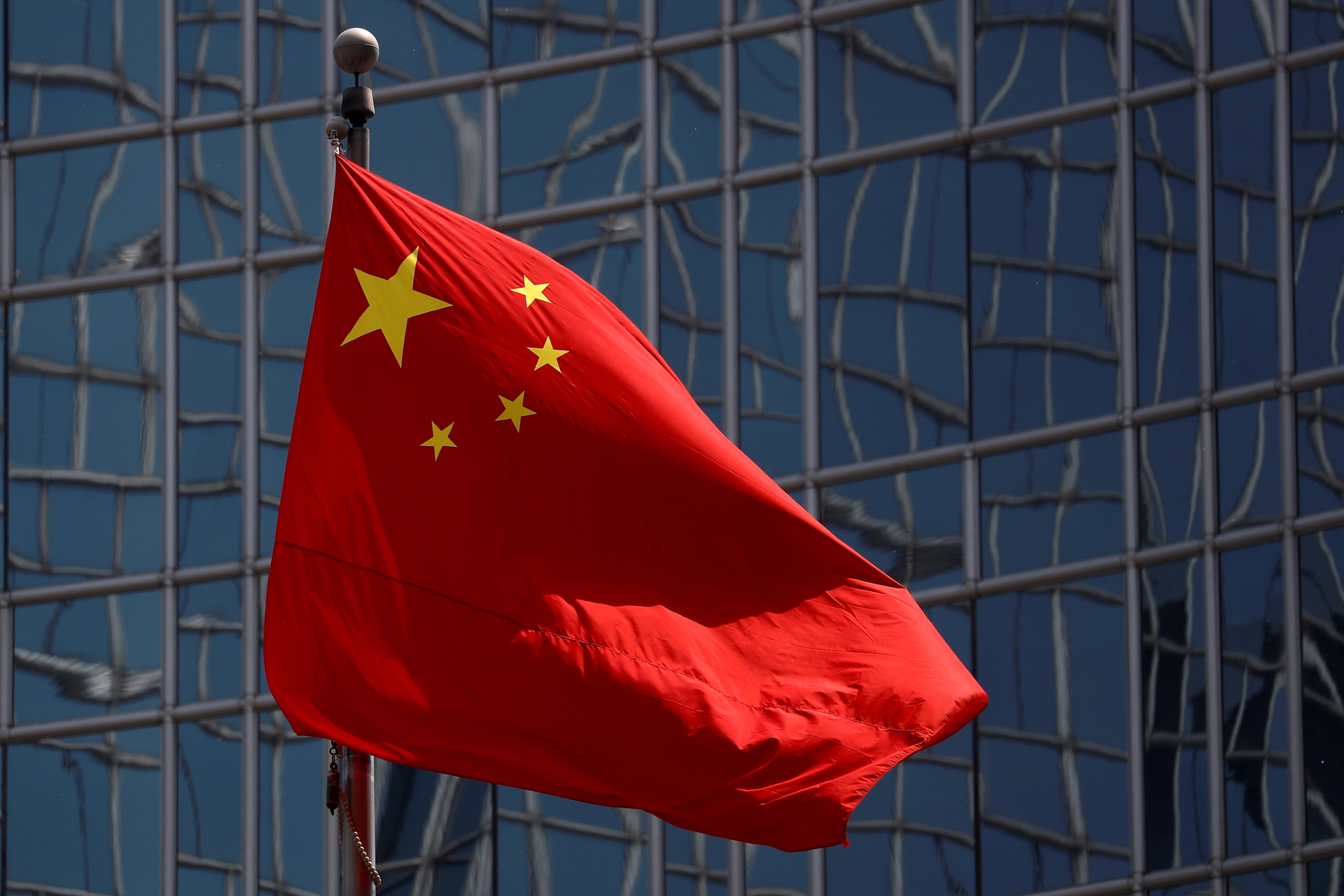
BEIJING (Reuters) – New bank loans in China fell sharply in February from a record the preceding month. However, the drop changed possibly because of seasonal factors, at the same time as policymakers continue to press lenders to assist cash-strapped groups in staying afloat. Analysts say China wishes to revive credit growth to support the head of a sharper economic slowdown this year. However, investors are also worried about soaring corporate debt and the risk to banks as they relax their lending requirements. Chinese banks made 885. Eight billion yuan in net new yuan loans in February, consistent with facts released using the People’s Bank of China (PBOC) on Sunday.
That changed into down sharply from document three. Twenty-three trillion yuan in January, while several crucial different credit gauges additionally picked up modestly in response to the critical financial institution’s policy easing. But February’s tally is nevertheless 5 percent better than 839.Three billion yuan a 12 months earlier. Analysts polled with the aid of Reuters had predicted new yuan loans of 975 billion yuan in February. A pull-back in February’s tally had been widely anticipated as Chinese banks tend to front-load investments at the start of the year to get higher-class customers and win market share.

Broad M2 money supply grew 8.0 percent in February from a year in advance, missing forecasts, the relevant financial institution facts confirmed. Analysts had predicted an eight—four percentage rise in M2, unchanged from January. Outstanding yuan loans grew 13 percent from a year in advance, matching expectations and unchanged from January’s increase. FURTHER EASING SEEN ON CARDS China’s principal bank is extensively anticipated to ease coverage this year to spur lending and decrease borrowing charges, specifically for small and private companies essential for boom and job creation. But policymakers have again and again vowed not to open the credit floodgates in a financial system already saddled with piles of debt – a legacy of massive stimulus at some stage in the global monetary crisis in 2008-09 and subsequent downturns.
Corporate bond defaults hit the last year, even as banks’ non-acting mortgage ratio notched a ten-year high. Premier Li Keqiang told parliament that Beijing would step up centered cuts in the reserve requirement ratio (RRR) for smaller and medium-sized banks to reinforce lending to small corporations through large banks by way of extra than 30 percent. He also said the economic policy could be “neither too tight nor too loose.” Li additionally pledged to push for market-based reforms to decrease real interest rates. The valuable bank has already cut RRR – the quantity that banks need to set aside as reserves – 5 times over the past year, most recently in January.
Further cuts are extensively anticipated. Sources have told Reuters the critical bank isn’t always prepared to cut benchmark interest fees just but is likely to reduce market-based costs. Growth of remarkable overall social financing (TSF), a extensive degree of credit score, and liquidity within the financial system slowed to ten.1 percent in February from January’s 10.4 percent, versus a record low of nine. E right percentage in December. TSF increase is a tough gauge of credit conditions. TSF includes off-stability sheet forms of financing that exist out of doors the traditional financial institution lending machine, including initial public offerings, loans from considering agencies, and bond sales.
In February, TSF fell to 703 billion yuan from 4.64 trillion yuan in January. Analysts observe a time lag before a bounce in lending will translate into a rise, suggesting commercial enterprise conditions might also worsen earlier than they get better. And, there is a chance that more companies are borrowing merely to refinance current debt rather than for fresh funding ha fuel a monetary turnaround. Past credit spreads have also perpetually led to the hypothesis in property and economic markets.
The United States of america’s banking watchdog has punished two creditors for illegally channeling cash into the inventory market, the legitimate Securities Times stated on Friday. According to Reuters polls, China’s monetary boom is predicted to cool to around 6.2 percent this year, a 29-year low. Growth slowed to six.6 percent remaining year, with some call for curbs through better borrowing quotes and tighter credit conditions, and exporters hit with the aid of the escalating change conflict with the USA. Most economists assume a rocky first 1/2 before conditions begin to stabilize around mid-year as guide measures have a greater impact.











